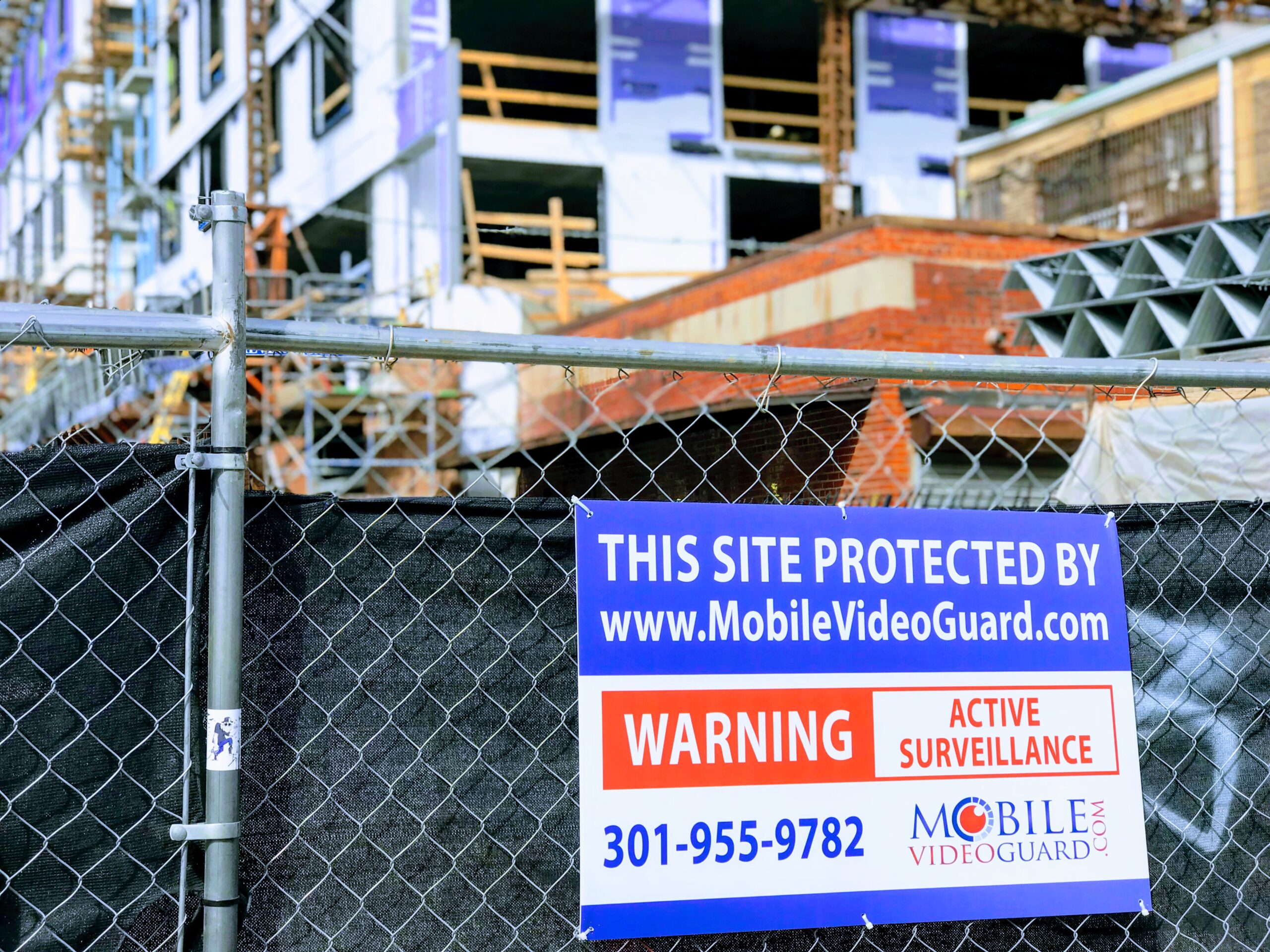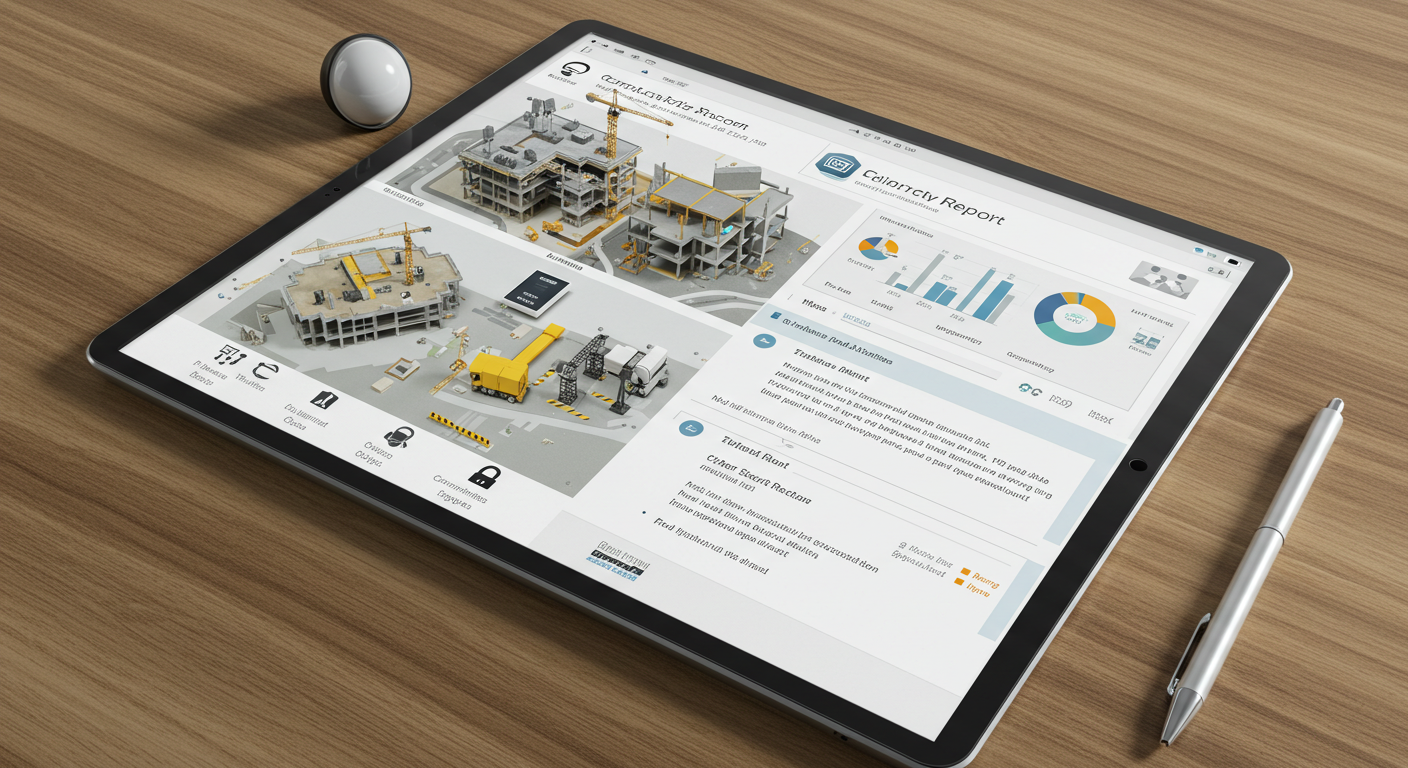Lighting Up Crime: How Motion Sensors Keep Job Sites Secure
Construction sites are loaded with high-value targets—from copper wiring and power tools to heavy equipment and new fixtures. When left unguarded overnight, these sites become magnets for theft, vandalism, and trespassing. While fencing and cameras form the foundation of most job site security strategies, one underrated tactic packs a serious punch: motion-activated lighting.
A sudden burst of light doesn’t just illuminate a would-be intruder—it shocks them, exposes them, and often convinces them to flee before committing a crime. This simple but powerful tool, especially when paired with mobile surveillance systems, can drastically reduce after-hours incidents and secure even the most vulnerable parts of a job site.
In this article, we’ll explore why motion-activated lighting works, how to deploy it effectively, and where it delivers the highest ROI in your construction site security plan.
Why Criminals Avoid Well-Lit Construction Sites
Theft and vandalism are crimes of opportunity—and darkness provides cover. Most incidents happen after-hours when no crew is present and visibility is low. Criminals know this, which is why dimly lit areas are usually their entry point.
Sudden, unexpected lighting triggers a fight-or-flight response. When motion-activated lights switch on:
- The intruder is instantly visible
- Their anonymity disappears
- They assume they’ve been detected or recorded
- Panic and urgency override intent
In many cases, the psychological impact of exposure is enough to make a criminal turn around. And if they continue, the lights make identifying them—via cameras or eyewitnesses—far more likely.
This immediate reaction makes motion-activated lighting one of the most cost-effective deterrents available for construction site security.
The Science Behind Motion-Activated Lighting as a Deterrent
Motion-activated lighting is rooted in the principles of Crime Prevention Through Environmental Design (CPTED). CPTED promotes environmental changes that reduce crime opportunities, and lighting is a core principle.
According to CPTED research and law enforcement agencies:
- Increased visibility reduces perceived opportunity
- Bright lights disrupt the intruder’s comfort zone
- Unpredictability triggers uncertainty, making criminals feel watched
- Light in unexpected zones breaks routine criminal patterns
The key advantage of motion-activated systems is that they’re dynamic. Unlike static lighting that a criminal might prepare for or work around, motion lights are reactive, catching them off guard and creating uncertainty about what triggered the response—was it a camera, a guard, a remote operator?
That uncertainty alone often stops crime in its tracks.
Lighting and Surveillance: A Powerful Duo
While motion-activated lights are effective on their own, they become significantly more powerful when paired with job site surveillance systems—especially mobile units that offer remote monitoring, real-time alerts, and deterrent tools.
When integrated properly:
- Lights illuminate intruders for clearer video capture
- Motion detection triggers both lighting and camera activity
- Security teams can receive instant alerts and view footage remotely
- Combined systems can trigger audio deterrents, sirens, or law enforcement response
Mobile surveillance systems with built-in lighting or integrated motion detection offer comprehensive protection with minimal manual effort. You’re not just recording crime—you’re actively preventing it.
Best Practices for Installing Motion-Activated Lights
Proper placement and configuration are key to maximizing the impact of motion-activated lighting. Here’s what to keep in mind when deploying these systems:
- Cover All Access Points
Install lights near entry gates, fence lines, and alleys. Criminals often approach from less visible areas, not the main entrance.
- Protect High-Value Areas
Focus on material storage zones, equipment staging areas, fuel tanks, and trailers. These are the most common targets.
- Avoid Overexposure or Flooding
Use strategic placement to light up areas as needed, rather than flooding the site. Too much ambient light can reduce the element of surprise.
- Adjust Sensitivity Settings
Fine-tune sensors to avoid false triggers from small animals, tree branches, or heavy wind. Smart systems can be programmed to detect only larger movement patterns.
- Sync with Surveillance Systems
Pair lights with your mobile or fixed camera system. Lighting increases camera effectiveness, especially at night.
By following these best practices, you can create a responsive and intimidating environment for potential intruders.
Use Cases: Where Motion-Activated Lighting Makes the Biggest Impact
Motion-activated lighting is especially valuable in the following job site scenarios:
Remote Job Sites
Sites in rural or industrial areas are harder to monitor and are typically darker at night. Motion lighting fills the gap without needing a power grid.
Sites Near Public Streets or Parks
Construction next to high-foot-traffic areas is more likely to attract vandalism. Motion lights provide an instant deterrent when someone crosses a boundary.
Inactive or Phased Zones
In multi-phase builds, not all zones are staffed daily. Lighting helps protect areas that aren’t actively worked on but still contain valuable materials.
Post-Handoff Projects
Even after practical completion, sites can still be vulnerable to theft of fixtures, landscaping tools, or equipment left behind. Motion lights remain critical during turnover and cleanup.
Cost-Effective and Low-Maintenance Protection
Compared to other deterrents, motion-activated lighting offers an exceptional ROI.
Benefits include:
- Lower power usage than continuous lighting
- Simple installation (especially solar-powered units)
- Minimal upkeep, with bulbs and sensors lasting months or years
- Quick wins, as intrusions drop dramatically after deployment
For projects where budgets are tight, motion lighting provides measurable results with almost no recurring cost—especially when paired with mobile security trailers.
Conclusion: Brighten Your Site, Block the Threat
Lighting is more than just a convenience—it’s a defense system. Motion-activated lighting adds surprise, visibility, and deterrence to your construction site security strategy without breaking the bank.
By startling would-be intruders, supporting video surveillance, and reinforcing the presence of protection, motion lighting transforms passive spaces into protected zones.
In the world of job site surveillance, it’s not just about watching—it’s about stopping. And nothing stops a criminal faster than suddenly being thrust into the spotlight.
Want to take your site security up a notch? Pair motion lighting with smart monitoring. Explore mobile surveillance systems or contact us for a custom security plan tailored to your site’s needs.



